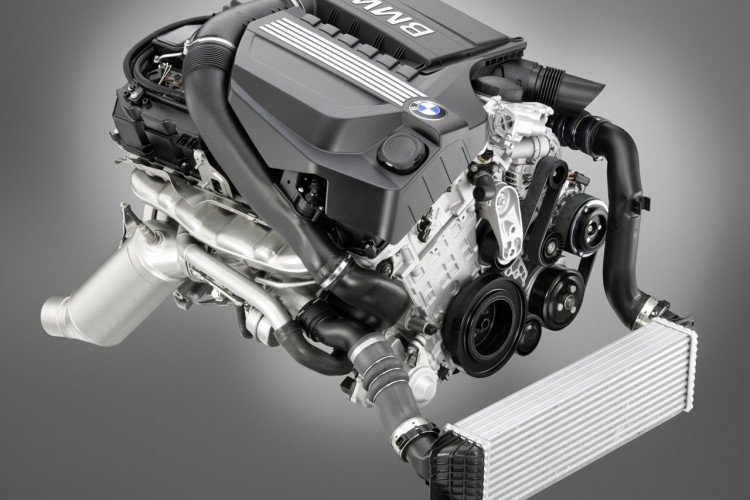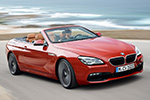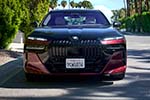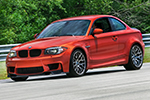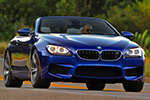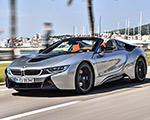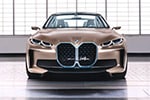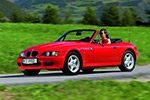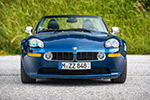When the E46 3 Series first arrived, its four-cylinder petrol engines relied on the aging M43—a simple, eight-valve design that left the 316i and 318i feeling underpowered compared to the six-cylinder models. That changed in 2001 with the introduction of the BMW N42, a modern 16-valve engine available in 1.8- and 2.0-liter forms. Power rose by more than 20 horsepower over the M43, torque increased meaningfully, and the transformation for everyday E46 models was immediately noticeable. For the first time in years, a four-cylinder 3 Series felt genuinely lively.
The N42 stayed in production until 2004 and was used exclusively in the E46, powering the 316i, 318i, 318Ci, and 318ti Compact. It also introduced one of BMW’s most important modern technologies—Valvetronic—which continues to shape BMW engines to this day. But as with many transitional designs, innovation came with compromises.
Engine Overview
The N42 represented a major step forward in BMW’s four-cylinder development. Its aluminum block, 16-valve cylinder head, double VANOS timing, and variable intake-runner DISA system made it significantly more advanced than its predecessor. BMW claimed roughly a 10 percent improvement in efficiency at part throttle, thanks largely to Valvetronic’s ability to regulate intake air without a traditional throttle plate.
Two versions were offered:
N42B18
- 113 hp @ 5,500 rpm
- 129 lb-ft @ 3,750 rpm
- Bore × stroke: 84.0 × 81.0 mm
N42B20
- 140 hp @ 6,000 rpm
- 147 lb-ft @ 3,750 rpm
- Bore × stroke: 84.0 × 90.0 mm
Both variants used chain-driven camshafts, weighed approximately 100 kg, and incorporated BMW’s Bosch ME9.2 engine management system to coordinate Valvetronic, VANOS, DISA, ignition, and fueling. This was one of the busiest ECUs BMW had ever deployed at the time.
Design and Technology
Valvetronic is the N42’s defining feature. Instead of controlling airflow with a throttle plate, the system varies the lift of the intake valves using an additional eccentric shaft mounted above the intake camshaft. An electric stepper motor rotates this shaft via a worm gear, altering the position of the finger followers and thereby adjusting valve lift continuously from near-zero to fully open.
This approach reduces pumping losses and improves throttle response. Under most conditions, the conventional throttle body stays fully open and is used only during cold starts to generate initial vacuum or as an emergency backup if the Valvetronic motor fails.
Valvetronic works alongside double VANOS and the DISA variable-length intake manifold. Together, the systems optimize airflow, cam timing, and intake path length across the rev range. The trade-off is complexity: a vacuum pump must be added because the intake manifold no longer provides natural vacuum, and the additional hardware increases engine weight compared to simpler predecessors.
BMW eventually equipped nearly all naturally aspirated engines with Valvetronic, but its introduction in high-revving ///M models was delayed due to lift-control limitations at very high RPM. Interestingly, around the same time, BMW briefly experimented with camless solenoid-operated valves, but the technology couldn’t achieve an acceptable redline.
Reliability
The N42 can be reliable with careful maintenance, but it is also one of BMW’s more maintenance-sensitive four-cylinder engines. Its issues are well documented, beginning with the timing chain system. Early engines used a tensioner piston that was too short, which allowed excessive slack in the chain and accelerated wear of the chain, guides, and sprockets. BMW later released a revised, longer tensioner that should be fitted to any engine still running the original part. A rattling sound on cold starts is a classic early warning sign. Left unresolved, the chain can skip teeth and severely damage the engine.
Oil leaks are common as well. Spark plug tube seals, VANOS seals, and the vacuum pump can all begin to seep with age. These issues rarely cause immediate failures but contribute to oil loss and contamination.
More serious is the crankcase ventilation system (CCV), which can clog—especially in cold climates or cars used for frequent short trips. Symptoms include rough idle, high oil consumption, hard cold starts, stalling, and weak low-RPM performance. BMW offers an insulated CCV for cold regions, but replacement still requires removing the intake manifold, which is labor-intensive.
Valvetronic introduces additional points of failure. The eccentric shaft sensor and Valvetronic motor can cause erratic behavior when they degrade. While replacement restores normal function, access can be challenging, and diagnosis isn’t always straightforward.
Despite all of this, many well-maintained N42 engines exceed 200,000 km. The key is proactive service—regular oil changes, timely CCV replacement, cooling system attention, and addressing timing chain symptoms early.
Efficiency
The N42 delivered one of the largest efficiency gains of any BMW engine transition in the early 2000s. Thanks to Valvetronic, pumping losses were significantly reduced, allowing the engine to operate more efficiently at partial throttle. BMW’s claimed 10 percent improvement was realistic in everyday driving.
On the highway, the N42 is genuinely efficient, often returning results in the mid-6 to low-7 L/100 km range. Around town or when driven enthusiastically, consumption rises quickly. Its best efficiency occurs during steady-state cruising, where the variable valve lift system works most effectively.
Tuning
The N42 is not a tuning-friendly engine, and expectations should remain realistic. An ECU remap provides marginal gains—typically around 5 to 10 horsepower—and improves throttle response. Supporting modifications such as a higher-flow exhaust or intake may sharpen character but do little for peak output.
The engine’s architecture makes more aggressive modifications impractical. Valvetronic complicates camshaft upgrades, and forced-induction projects quickly become cost-prohibitive compared to simply starting with a six-cylinder BMW. The most meaningful improvements are not power-related at all but rather drivability enhancements, such as a lighter flywheel or shorter differential ratio.
In short: tuning can enhance feel, but it won’t transform the engine.
Pros and Cons
Pros
The N42 introduced modern BMW technologies that still define the brand’s engine philosophy. It significantly improved the performance of entry-level E46 models and delivered good efficiency for its era. Its lighter weight compared to six-cylinders improves front-end agility, and N42-powered E46 models remain an accessible entry point into classic BMW ownership.
Cons
The engine’s complexity makes it more demanding than many of its contemporaries. Timing chain issues, CCV failures, oil leaks, and Valvetronic-related problems can become expensive if neglected. Tuning potential is extremely limited, and replacement of certain components—particularly the CCV—requires substantial labor. Many examples on the market today suffer from deferred maintenance.
A Good Engine?
The BMW N42 represents a pivotal shift in BMW’s four-cylinder philosophy. It brought advanced technologies such as Valvetronic into mainstream models and significantly improved the performance and efficiency of the E46 316i and 318i. But it also highlighted the challenges of introducing complexity into engines that would see commuter use and limited maintenance.
For buyers who understand its needs and value a responsive, efficient, and lightweight four-cylinder BMW, the N42 remains a compelling engine—provided it has a healthy maintenance history and receives continued attention. Treated properly, it can be a rewarding and engaging part of early-2000s BMW ownership. Neglected, it becomes one of the more demanding engines of its time.

















